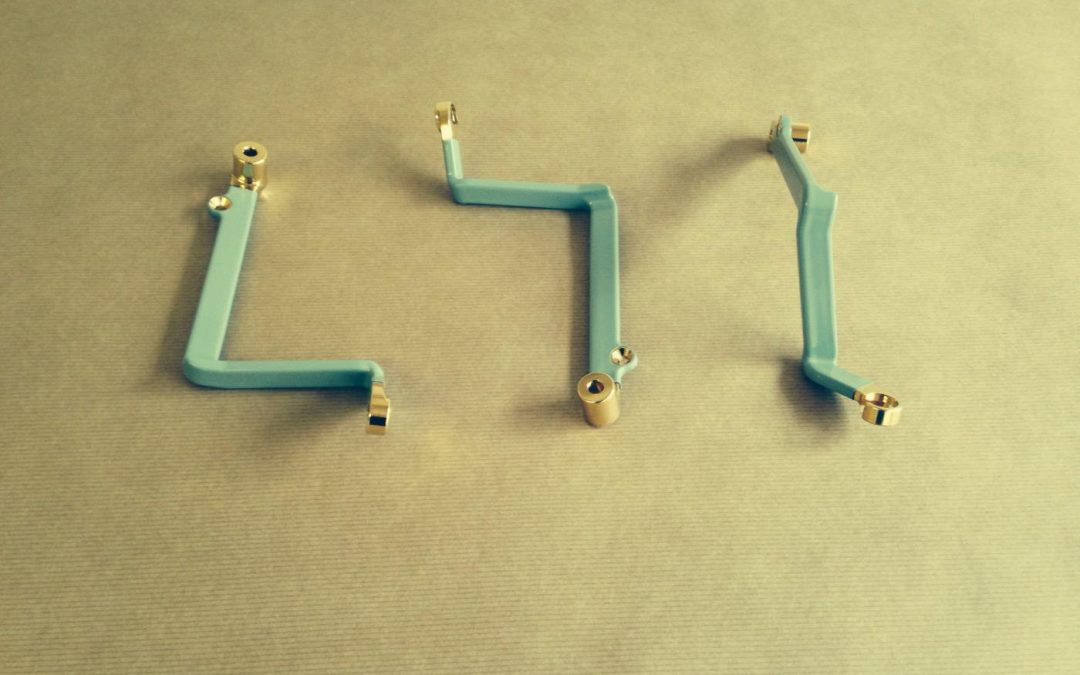When it comes to designing and manufacturing bespoke busbars, with such a wide variety of materials and machining techniques available, it can be difficult to know which options best suit your individual requirements. In this blog, we’ve put together a comprehensive guide of materials and techniques available to help you make the right choice.
Material Options
Copper vs. Aluminium
Copper is the more conductive metal; an aluminium busbar would need to be approximately 1.5 times the section of a copper busbar to achieve the same conductivity, with only 61% of the conductivity of copper. Aluminium is, however, 35% of the weight of copper and is also cheaper, although prices do fluctuate.
Copper Grades
C101 is the electrical grade of copper and is available in both sheet and bar form. Sheet material is supplied in metric thicknesses whilst bar is supplied in imperial sizes. C101 has excellent forming and machining properties, it can also be brazed where termination pillars or crimp joints are required.
Aluminium Grades
In sheet form, 1050 is the best electrical grade of aluminium. Aluminium sheet is available in metric thicknesses. 1050 grade has good forming properties but is not ideal for machining. For machined aluminium busbars, the 6000 series of alloys has the best electrical and machining properties. 6082 T6 is available in a wide range of sizes.
Cupanol
Cupanol is a copper clad extruded aluminium section, available in a variety of flat bar sizes. It is not suitable for forming but has excellent machining properties. Where a long, straight busbar is required, Cupanol is an option at 40% of the weight of copper, but with the same surface conductivity. it can also be plated on the termination areas and insulated using Resicoat.
Manufacturing Guidelines
All things are possible in manufacturing – but a few simple guidelines can make manufacturing simpler and cheaper.
Forming
- Bend radii: No smaller than the material thickness
- Distance between bends: At least 5 times the material thickness, less than this and a joggle tool may be required
- Edge bending of flat bar: Two times the material width
- Tolerancing: We can bend to +/- 0.2 mm, but keep the tolerances as open as the design will allow
Machining
- Threaded holes: Best practice is to use helicoils or other threaded inserts in tapped holes in both copper and aluminium
- Tolerancing: +/- 0.05 mm is easily achievable with our multi-tool machining centres – but again leave the tolerances as open as the design will allow
Terminations
The simplest termination is a round hole in the busbar, but another option is tapped holes with helicoils, press studs and other proprietary inserts.
Plating of Terminations
Both copper and aluminium oxidise, especially in damp conditions. You may want to consider nickel or tin plating of the exposed termination areas. Silver or even gold plating can be used in harsh environments that are not as cost sensitive.
Insulation
We specialise in the Resicoat epoxy coating of busbars, ideal for complex shapes. The termination areas are masked off and the epoxy coating applied. A 0.4 mm +/- 0.1 mm thick coating gives a dielectric strength of approximately 1.5 Terra ohms at 5000v DC. This is the equivalent of an air gap of 2M.
We test the coating for dielectric strength using a MT515 meter and also test the coating for pin holes using a holiday meter.


Recent Comments